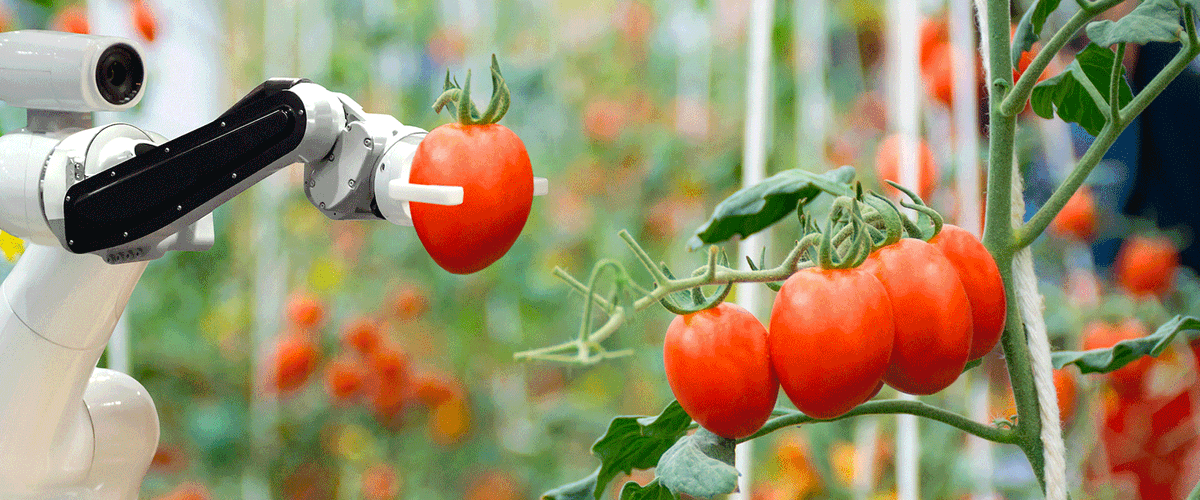Robotics & Multi-Agent Systems
Robotics and Multi-Agent Systems involves the concepting, building, and
implementation of robots, as well as the collaborative programming of multiple robots, to perform certain tasks.
Collaborative Research: Closed-loop Optimization and Control of Physical Networks Subject to Dynamic Costs, Constraints, and Disturbances
This project will advance a fundamentally new control framework, utilizing streams of heterogeneous data to optimize the behavior of complex and dynamic networked systems with pervasive sensing and computing capabilities, operating in uncertain and changing environments. Existing workhorse control and optimization methodologies assume a large separation of time scales, sufficient to justify complete decoupling of […]
Sabelhaus Receives NSF CAREER Award
Andrew Sabelhaus , Assistant Professor in the Mechanical Engineering Department, recently received the prestigious Faculty Early Career Development Program (CAREER) award from the National Science Foundation. Sabelhaus plans to develop soft robots that can be used for healthcare applications such as drawing blood, checking blood pressure, and administering flu shots or nasal swabs. These robots could perform such tasks at […]
The Future of Driving: Control Barrier Functions and the Internet of Vehicles
The National Highway Traffic and Safety Association reports that 94% of serious car crashes are due to human error. Christos Cassandras, Boston University Distinguished Professor of Electrical & Computer Engineering, Head of the Division of Systems Engineering, and a co-founder of the Center for Information & Systems Engineering (CISE), has made monumental contributions to the […]
RASTIC Grand Opening: A New Robot Exploration and Testing Facility for Students
Guided by the Boston University College of Engineering’s belief that “Great Minds Do Not Think Alike,” the new BU Robotics & Autonomous Systems Teaching and Innovation Center (RASTIC) was officially set in motion on March 4, 2024. RASTIC will not only allow students to expand and hone their robot skills but will serve as an […]
A Coordinated Approach to Cyber-Situation Awarness Based on Traffic Anomaly Detection
This project aims at developing a suite of anomaly detection algorithms and tools monitoring network traffic and operating both at the local (resource) level and the wider (global) network level. It will leverage recent work by the PIs on statistical temporal anomaly detection using random and Markovian models and on detecting wider network spatial anomalies […]
Reliable Multi-Agent Control in Failure-Prone Environments via Inhomogenous Markov Chains
This project developed protocols for the coordination of autonomous nodes such as UAVs, ROVs, and other robotic platforms operating in fault-prone environments characterized by noisy and time-varying communication, message losses, and persistent and unpredictable node failures. For problems of formation control, leader-following, cooperative estimation and learning, resource allocation, and others tasks fitting within a separable […]
Eshed Ohn-Bar: Advancing Assistive Technologies with AI
For someone who is visually impaired, navigating an unfamiliar street can be challenging. Even going straight can be tough in an open space. Encountering obstacles, stairs, and intersections can potentially result in an unsafe situation. While aids, such as white canes or guide dogs are helpful, they can’t exactly tell someone who is visually impaired […]
Using Soft Robotics to Increase Safety and Success in Surgery
Lung cancer affects more than 230,000 Americans, and more than 120,000 will die from it every year. However, the efficiency and consistency of lung cancer biopsies are low, reaching nearly 81%, according to a recent study. Professor Sheila Russo, the founder and director of the Boston University Material Robotics Laboratory, works to combat untrustworthy cancer […]
Shifting the Purpose of Robots From Serving Humans to Collaboration
In dire situations like fires, time is of the essence. Firefighters need to work quickly to extinguish the fire and rescue any people. However, with emerging technologies like robots, putting out fires might become easier. Mela Coffey 3rd year ME PhD Candidate (Advisor: Alyssa Pierson) is interested in contributing to collaborative human-robot systems and human-robot […]
A Breakthrough in Security for Decentralized Multi-Robot Systems
In disaster situations like hurricanes, collapsed buildings, and nuclear incidents, the difference between a one-hour response time and a one-day response time can mean life or death. To mitigate these situations, multi-robot systems (MRS) are being increasingly used in search-and-rescue (SAR) operations. Unmanned robots have assisted in SAR efforts following Hurricane Katrina, the Fukushima Daiichi […]
